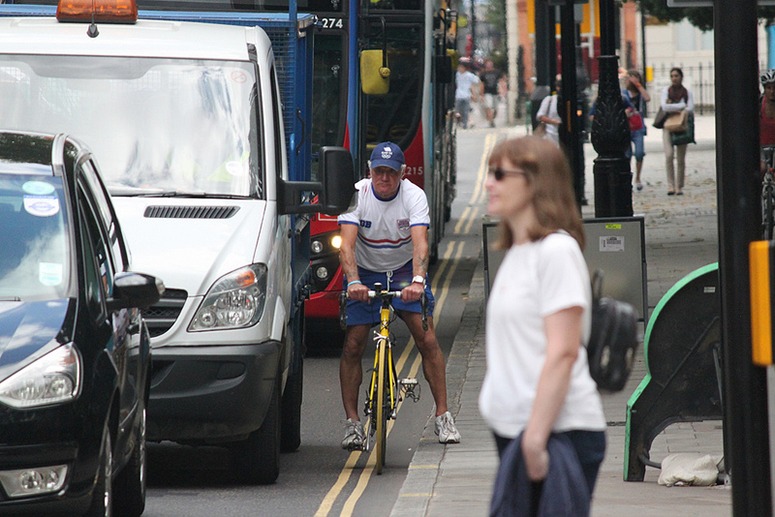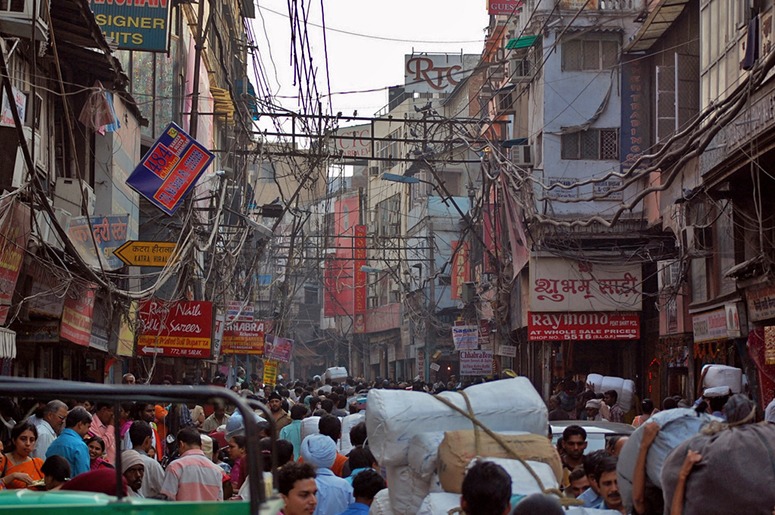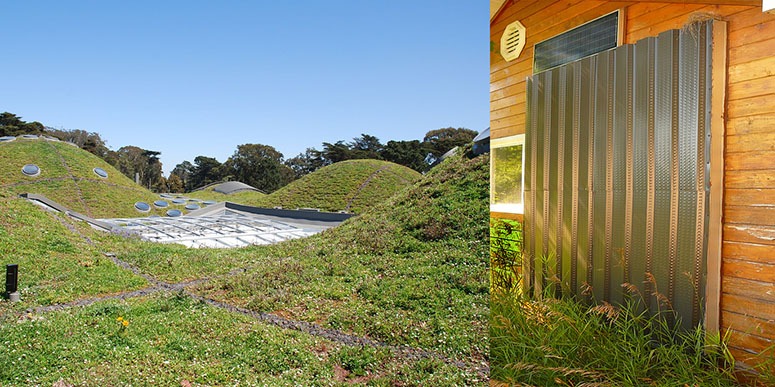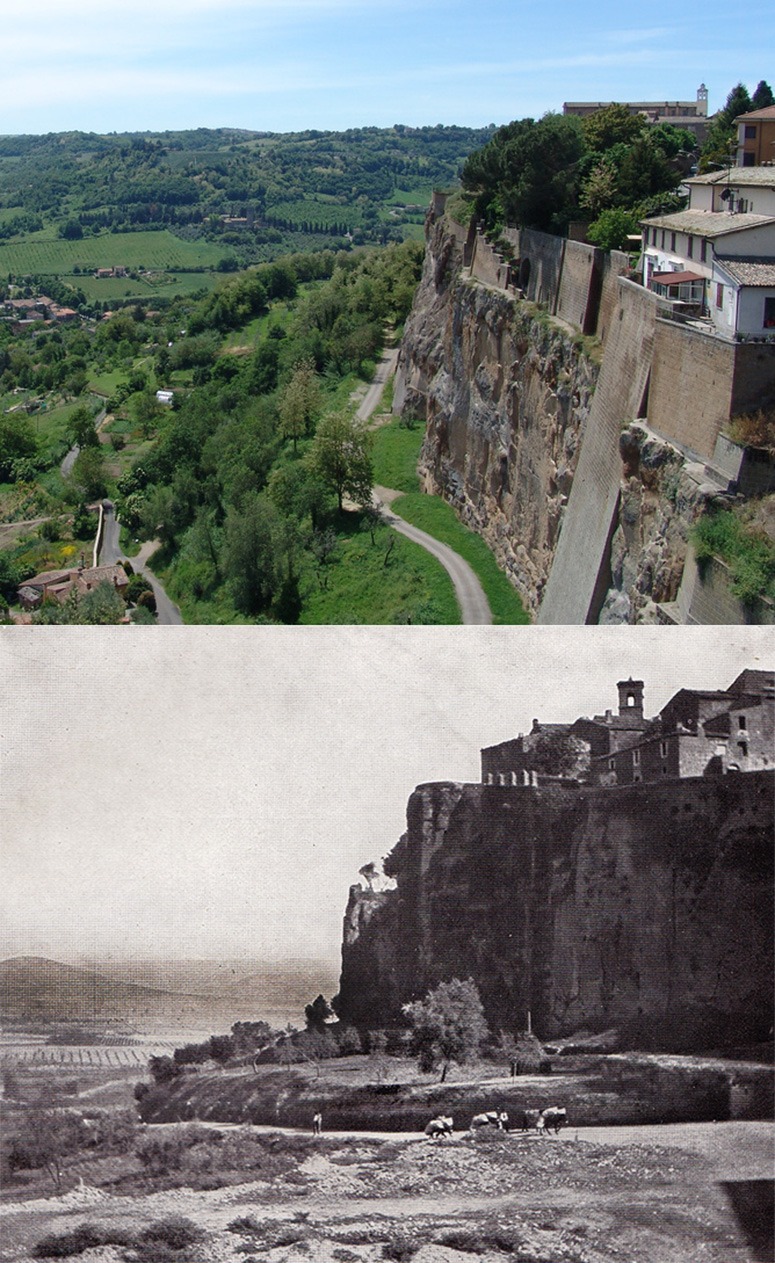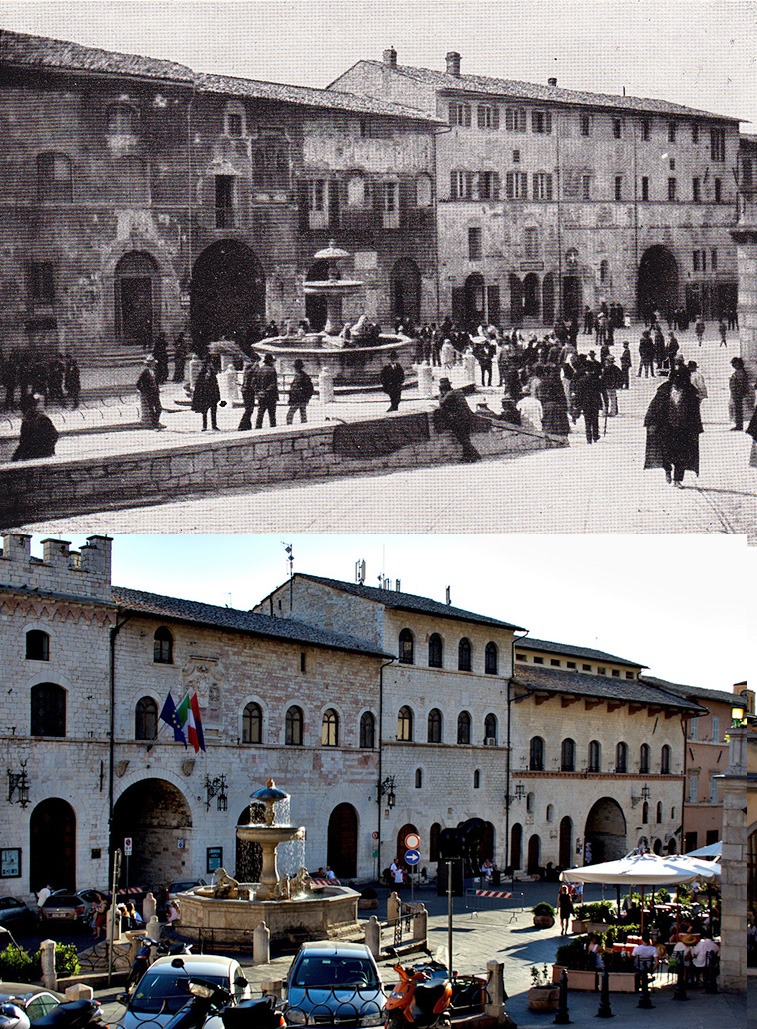Isn’t it amazing that a mere 2% trips in the UK are made by bike, compared with 14% in Germany and 30% in Holland? As everyone knows, Britain’s cycle paths, like its NHS and Black Cabs, are ‘the envy of the world’. Our famous Yellow Cycle Paths are designed to protect the jobs of highwaymen and create jobs for doctors. And what a great contribution they make. We hardly have to allocate any land or money to cycling and it makes a massive contribution to the workload of Accident and Emergency Departments throughout the land.
London is raising the percentage of its transport budget spent on cycling to 2%. This is great news for doctors and nurses. If it had been increased to 30%, heading for Dutch and Danish levels, there is a real danger that cycling would become safer and more popular. This would lead directly to fewer accidents, fewer strokes and fewer heart attacks. There is also a terrible risk that the salaries of landscape architects would exceed those of doctors, because of the great contribution to health and wellbeing made by Landscape Architecture Grade Cycle Paths. This could threaten the very liveliehood of thousands of health professionals. They would give up being highwaymen and sawbones to become landscape architects. What good would that do for the British Medical Association or the Institute of Civil Engineers? None! ‘Say No to Greening London’. Keep the two-wheeled blighters in their Narrow Yellow Lanes. Let them drip sweat, break bones and ooze blood for a thousand years.
London cycling image courtesy Tejvan

